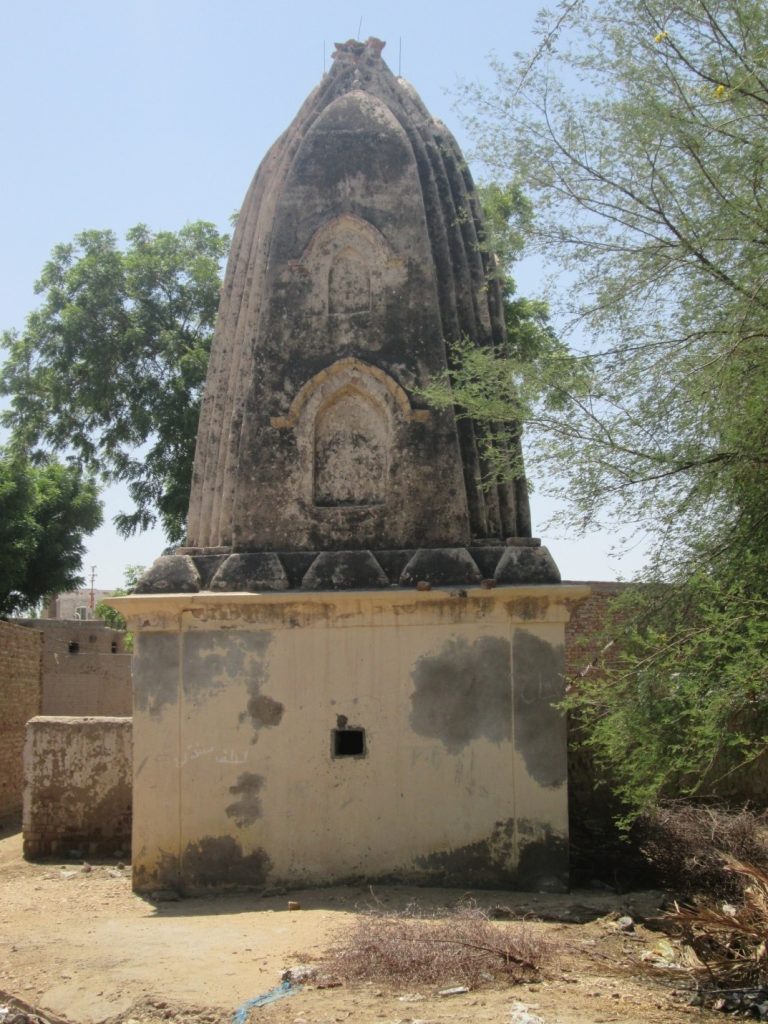
The temple is locked since decades and even before partition and no rituals are being performed here.
By Quratulain Kareem
Sann is a small but historic town of Sindh province of Pakistan in Jamshoro district located on the west bank of Sindhu River. This area is surrounded by archaeological as well as historic places like Ranikot, the world’s largest fort, and known as the Great Wall of Sindh about 30km southwest of town and the ruins of ancient settlement Amri that goes back to 3600 BCE.
Besides its historic importance, the Sann is famous for being the hometown and last resting place of late Saeen G.M Syed, the great Sindhi nationalist and politician. He was the descendant of a famous saint of Sindh, Syed Haider Shah Kazmi, of whose mausoleum is located here.
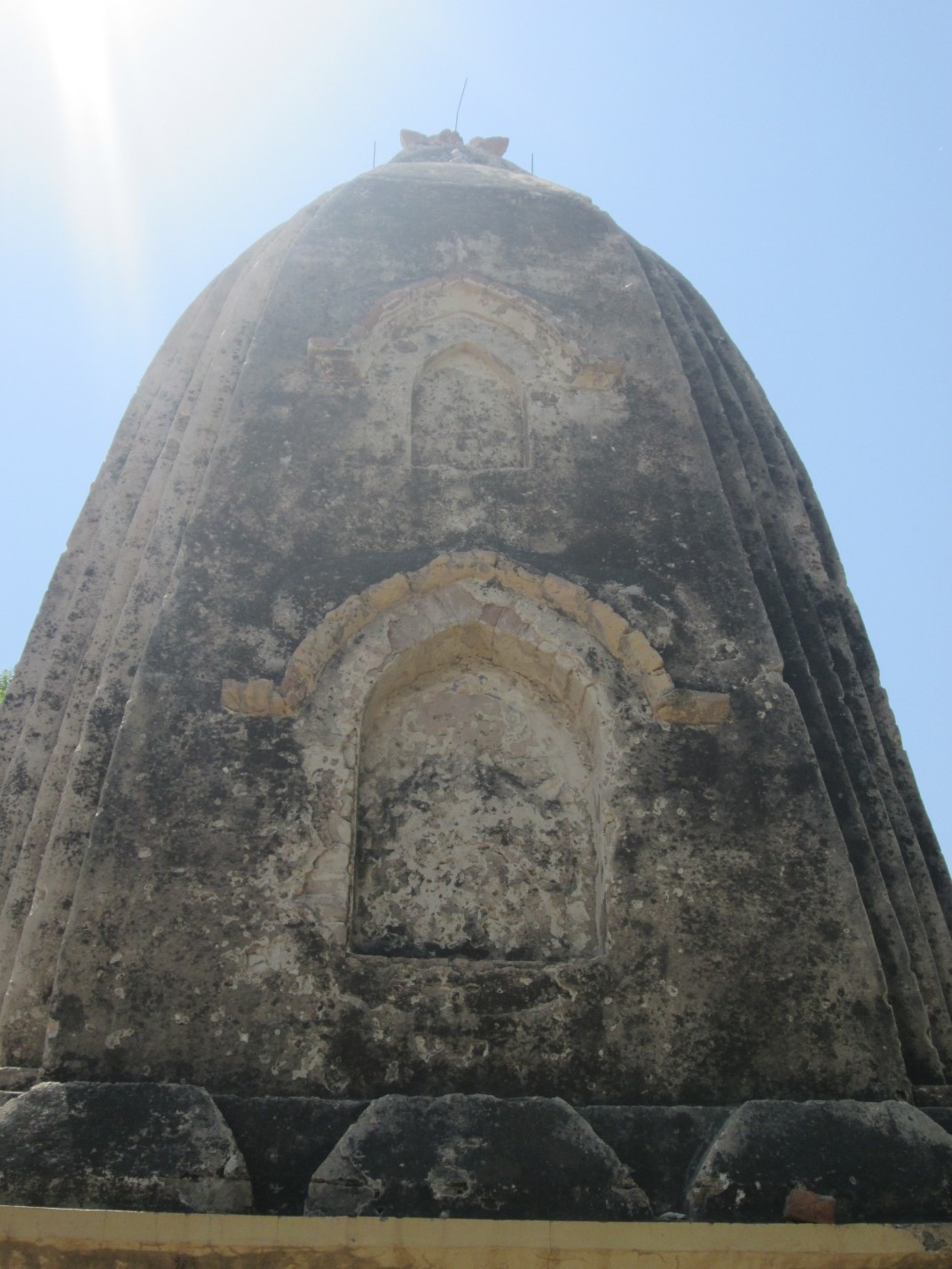 Like several historic Hindu temples found in Jamshoro district and neighboring Dadu district, there is also an ancient Hindu temple located in the Sunn town, which seems neglected.
Like several historic Hindu temples found in Jamshoro district and neighboring Dadu district, there is also an ancient Hindu temple located in the Sunn town, which seems neglected.
In view of the existence of the historical sites, it is believed that this area was under the great influence of Hinduism and was the abode of followers of this faith. It may be that following the Arab conquest of Sindh, the decline of Hinduism started but the existing traces tell a tale of many forgotten, hidden and unexplored stories and the roots of Hinduism.
Anthropologist Zahida Rehman Jatt wrote in her research article that Scholar and traveler Hiuen Tsang visited Sindh in the seventh century and described that there were 273 Hindu temples here, out of which 235 belonged to Pashupata Shivaites, which is another order of Shivaism.
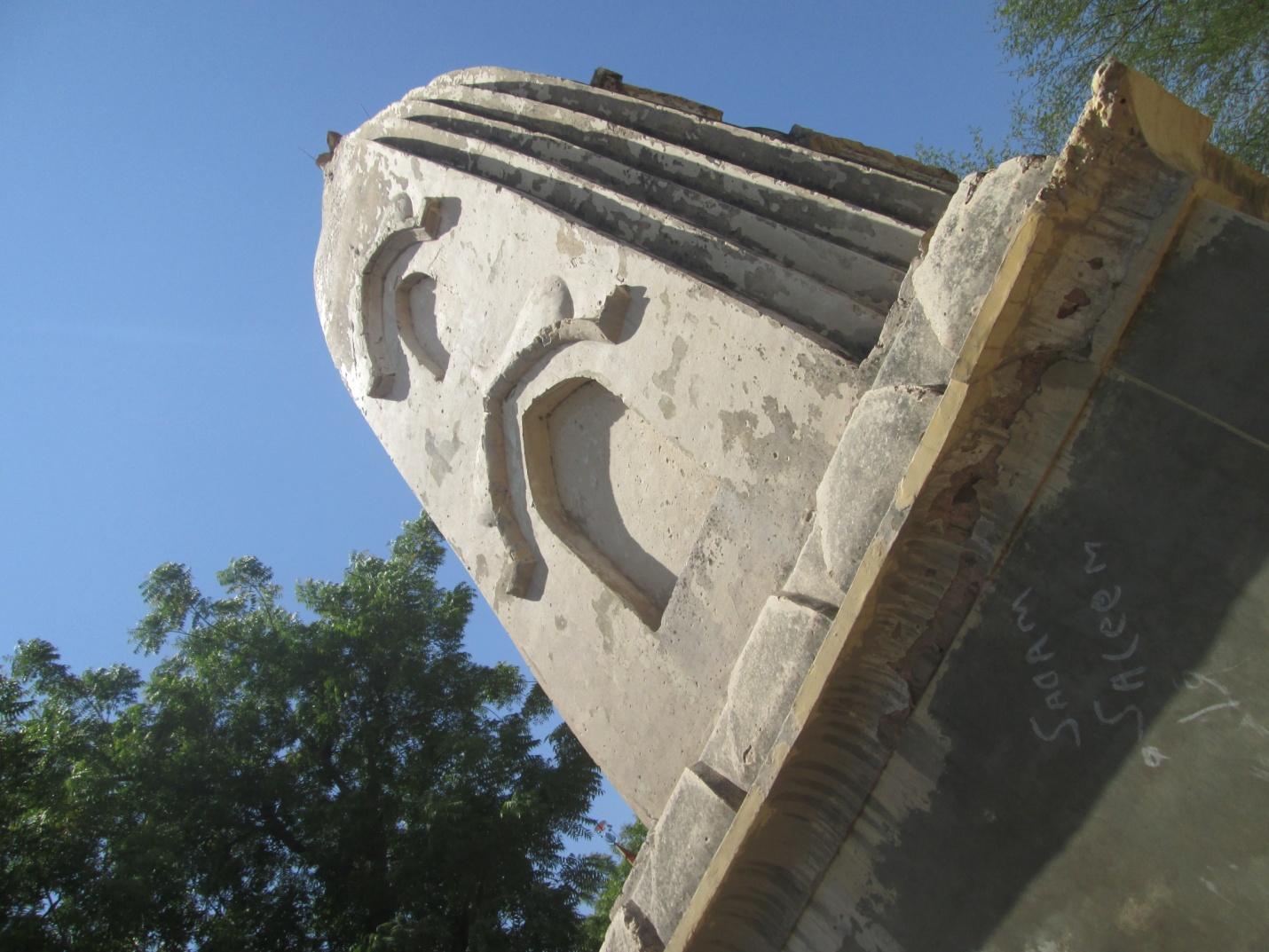 The Shivala/Temple is believed to have been constructed in ancient times in Sann is associated with Hindu God Shiva. According to Akshatha Vinaya in Hindu mythology the rivers had been given a divine status. There is a kind of strong bond between the religious places and the river which is evident from the location of this temple which too is built at river side.
The Shivala/Temple is believed to have been constructed in ancient times in Sann is associated with Hindu God Shiva. According to Akshatha Vinaya in Hindu mythology the rivers had been given a divine status. There is a kind of strong bond between the religious places and the river which is evident from the location of this temple which too is built at river side.
Several legends are connected with the formation of the rivers and the establishment of some temples. Rivers are considered as sacred and it is believed that a holy dip in these rivers will erase all the sins committed in human life. It is very common to see people taking a dip in the rivers before entering the temples. Such is the belief Hindus have as part of their cultural and religious practices.
An Architect Shristi Dokras wrote in her research paper “Hindu temple architecture of Bharat-some musings” that the appropriate site for a temple, suggest ancient Sanskrit texts, is near water and gardens, where lotus and flowers bloom, where swans, ducks and other birds are heard, where animals rest without fear of injury or harm.
The gods always play where lakes are,
Where the sun’s rays are warded off by umbrella of lotus leaf cluster,
And where clear water paths are made by swans,
Whose breasts toss the white lotus hither and thither!
Where swans, ducks, curleys and paddy birds are heard,
And animals rest nearby in shade of Nicula turn on the river banks.
Brihat Samhita 1-60. 4-8, 6th Century A.D
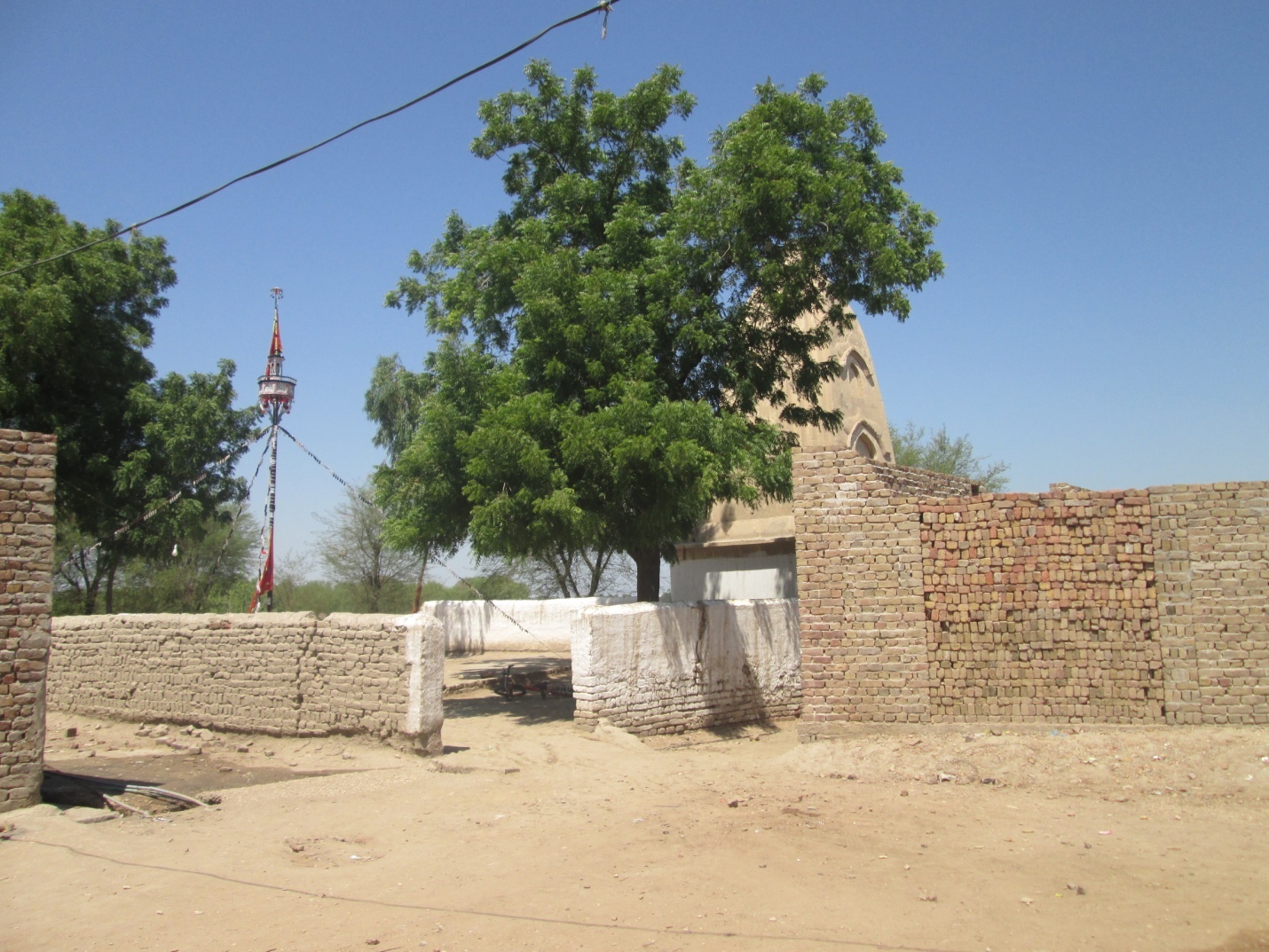 Following this mythology the Shivala/Temple has been constructed many years ago in Sann on the western bank of Indus River. This temple has been constructed with material including iron, cement and cheeroli (made from limestone and gypsum). The temple architecture resembles to the temples in ancient India consisting of a square platform hall, and over the hall there is Shikhara with arches and layers but vanished Amalaka and kalasa. As Shristi Dokra narrates a Hindu temple has a Shikhara (Vimana or spine) that rises symmetrically above the central core of the temple. These spires come in many designs and shapes, but they all have mathematical precision and geometric symbolism. One of the common principles found in Hindu temple spires is circles and turning squares theme and a concentric layering design that flows from one to the other as it rises towards the sky.
Following this mythology the Shivala/Temple has been constructed many years ago in Sann on the western bank of Indus River. This temple has been constructed with material including iron, cement and cheeroli (made from limestone and gypsum). The temple architecture resembles to the temples in ancient India consisting of a square platform hall, and over the hall there is Shikhara with arches and layers but vanished Amalaka and kalasa. As Shristi Dokra narrates a Hindu temple has a Shikhara (Vimana or spine) that rises symmetrically above the central core of the temple. These spires come in many designs and shapes, but they all have mathematical precision and geometric symbolism. One of the common principles found in Hindu temple spires is circles and turning squares theme and a concentric layering design that flows from one to the other as it rises towards the sky.
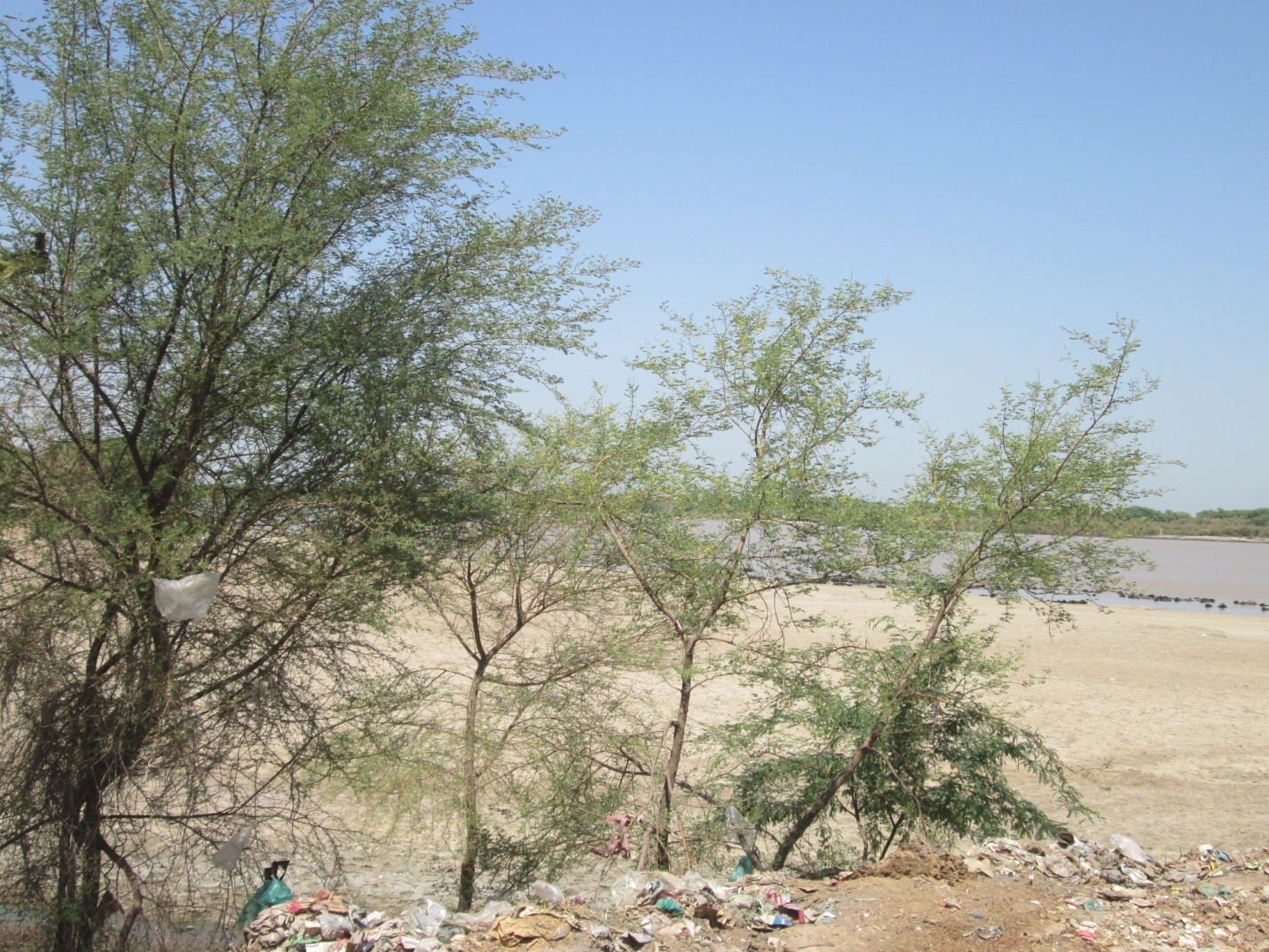
During my visit to this temple I found the temple locked and when I interviewed some of the locals they said since many years temple is locked surprisingly even before partition as well and no rituals being performed inside the temple have been witnessed by any local. I couldn’t go inside and see because temple has no door entrance. Its entrance has been closed with cemented wall which is added to it since last few years. Locals informed that inside the temple there is raised platform on which deity used to be kept for worship and also many oil lamps jar in walls. Hindu community living in town performs their rituals at home temple and at bank of Indus River on special festivals.
However a Hindu temple reflects a synthesis of arts, the ideas of dharma, beliefs, values and the way of life cherished under Hinduism. It is a link between man, deities and the universal practice in a sacred space.
This detached Shivala/Temple should be revitalized and open for ritual performance. Also Authorities should focus on the protection and respect for all religious worship places proportionately.
_________________
Quratulain Kareem is Teaching Assistant at Department of Anthropology & Archaeology, University of Sindh.